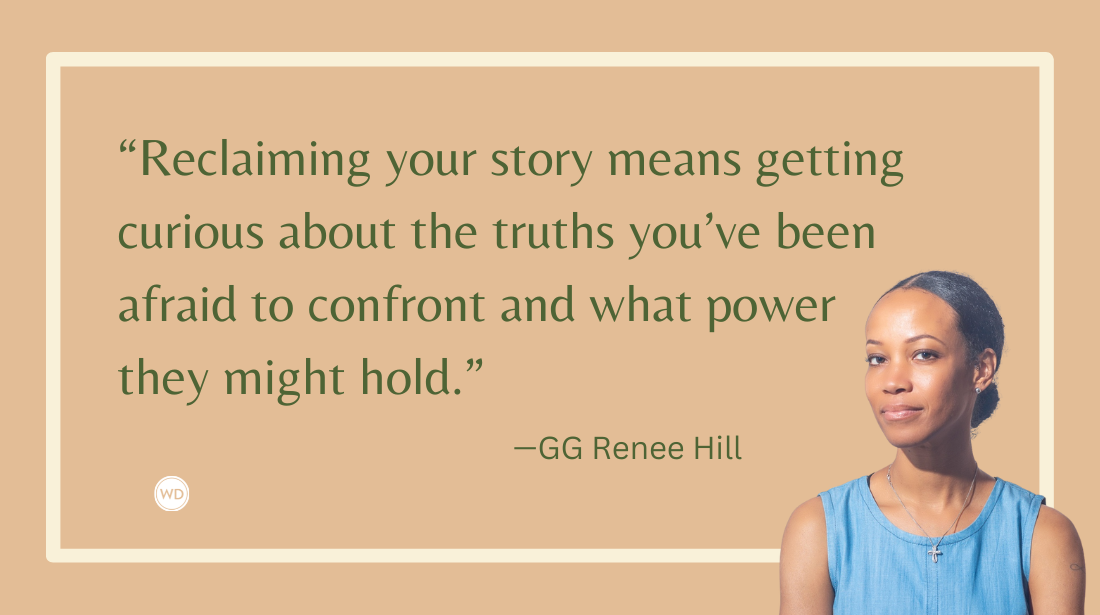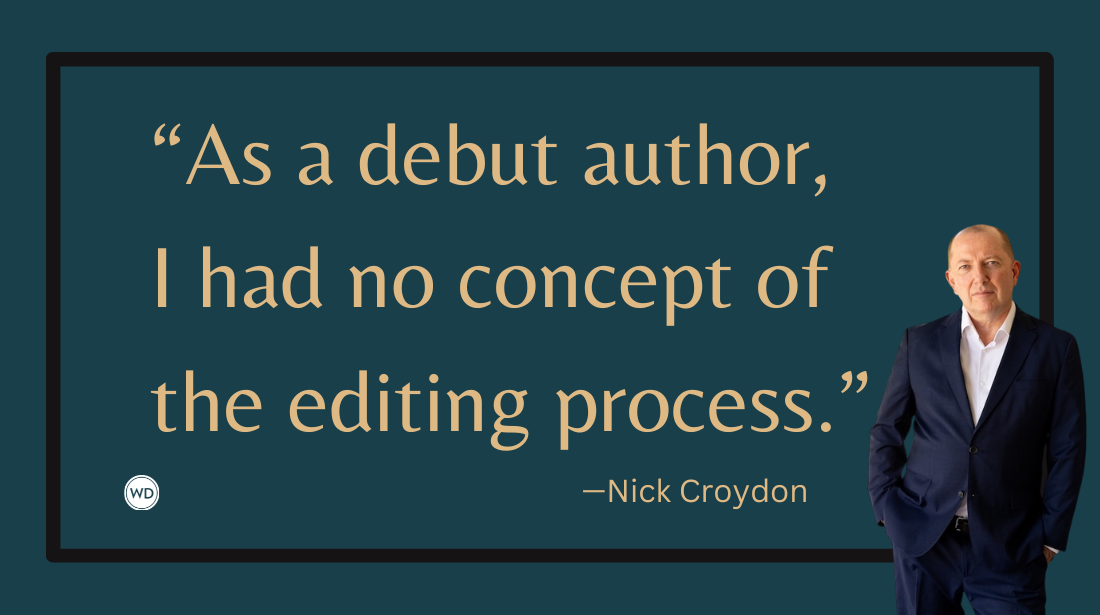5 Things Writers Should Know About Tween and Teen Mental Health
Author Summer Nilsson shares five things writers should know about teen and tween mental health in an age of isolation and cyberbullying.
Irreversible shifts to our foundation have occurred. We’ve seen it in the headlines, legislative sessions, and warnings regarding social media and cyberbullying among tweens and teens.
Forty years ago, kids rode bicycles in the neighborhood and played outside until suppertime. Today’s youth face a new world, the likes of which previous generations were not forced to navigate. Challenges include issues of isolation, self-esteem, and digital security, all of which have resulted in depression, deep-seated anxiety, and communication setbacks.
As the author of the bestselling Loodor Tales Series, I’ve spent years touring, speaking, and listening to tweens and teens. I gleaned many insights from writing an ongoing book series, curriculum, and education platform that I’d like to share with other writers to help connect with adolescents in an impactful way.
People ask me why I wrote the Loodor Tales Series through the eyes of animals. I needed a vehicle capable of delivering complex topics with a message of positivity, transported through fantasy, yet engineered to carry the next generation forward. Here are 5 things every writer should know about tween and teen mental health.
Any child with access to a phone needs to learn about self-worth, establishing boundaries, and real connection.
The idea for the Loodor Tales Series began on a walk with my then 10-year-old niece. She had always been an outgoing child. Backyard dance recitals and improv skits were frequent. Then, on a fateful afternoon, she told me she worried that she wasn’t enough. She’d never said that before.
One afternoon. One walk. One child. The words stopped me in my tracks and changed the trajectory of my life. Where did the words come from? A phone.
Two things happened next: First, I switched into “not on my watch” mode. I heard myself reciting Eckhart Tolle’s The Power of Now and Michael Singer’s The Untethered Soul. I even quoted Ayn Rand to reinforce one’s individual value proposition.
I urged my niece to become aware of her thoughts. I told her she could detach from the voice in her mind. I watched her eyes glaze over. That’s when I applied over 20 years in publishing, writing, media, and marketing to develop the Loodor Tales Series: a book series designed to instill self-worth.
I created a fantasy world to provide young readers with the tools to establish boundaries in a real-world seemingly sans of many. I felt strongly that by educating youth about confidence and character, we could change lives. But we needed a trojan horse to deliver the message. Hence, animals. I started the Loodor Tales Series with a barn kitten named Grey. I gave Grey a superpower: a magical voice.
Then I hit the road to speak directly to students at schools. I needed to ensure the stories resonated with different age groups. I interviewed focus groups. The students drove the discussions. They wanted to dive deeper into the “why.” Why did I give Grey, a magical voice? Why did Dawn the Black Widow and her Harrowing Hourglass exist? What did they represent in real life? The students were astute.
Grey was given a magical voice because I suffered from social anxiety growing up. That’s why that walk affected me so deeply. I wanted my niece to know she could become anything—go anywhere—do anything! Many of the lessons in the series are based on challenges I overcame. This makes it personal to me, which makes it personal to kids.
Tweens and teens are savvy. They respond to transparency and connect to the truth. They prefer authenticity over perfection. These are guiding principles when writing for tweens and teens.
Teens are trying to figure out who they are.
Generations Alpha and Z were born with access to every person, product, and brand—at the touch of their fingertips. Therefore, it is critical that writers assess the consequences of what they publish.
The internet yields unfettered access, and phones provide instant delivery platforms. The result: A generation of future leaders free to see but now unfazed by the world around them.
Following the success of the books, I built the “HOO Are You?” Tour program. Through ongoing tours, I present to general assemblies at schools. Sometimes, I return to engage groups in roundtable discussions. I’ll never forget the first roundtable with a group of high school freshmen.
A very brave 9th grade girl told me she was an “internet child.” She explained that she had been given free rein to explore the internet unsupervised. This resulted in her becoming a muted child. She didn’t speak until later. She has also suffered from other communication setbacks. She attributed these setbacks to texting versus speaking. In describing her access to the internet, she insisted, “I’ve seen a lot. It affects your mental health.”
While on tour, I was also once asked how much of one’s life is truly real versus pretending for social approval. I replied, “That depends on you…who are you?”
Early years form the foundation for values. Values guide tweens and teens in making the most important decision of all: who they are.
Words matter.
The Loodor Tales Series follows Grey on her journey to discover who she is and how she can help others. With her magical voice, Grey’s words can build things or break them. Grey’s words are bound to her, which is apropos.
Words hold the power to change lives. Therein lies their magic… and the responsibility to writers.
In a world of instant content, relentless critics, and anonymous comments, we have regressed in accountability for the long-term effects that words have on today’s youth. Simply put, they matter—as evident by the statistics regarding depression, anxiety, and suicide. Suicide is the second leading cause of death among adolescents.
I’ve spent years speaking to schools. I’ve watched countless middle grade boys plea for help from cyberbullying. I’ve also listened to girls recount the ways they have been encouraged to engage in self-harm on social platforms.
As one high school student stated, “You need the support system. This needs to be a real conversation because it’s really happening.”
They want and need real conversations.
Inspired by the proven engagement of the school tours, I created a curriculum to further facilitate real conversations and educate today’s youth. By providing lesson plans, reading models, and essay assignments, teachers can use the storylines and character symbolism to bridge conversations around important topics including confidence, mind chatter, and false narrative.
The curriculum also guides students through day-to-day challenges, including bullying, and establishes ways to better communicate with one another. Students practice with reading passages and questions targeting different aspects of testing, providing teachers with an opportunity to demonstrate the level of thinking required for each concept.
This is as real as it gets. It is a gift to shape the minds of future leaders. It is also incumbent upon the content to instruct tweens and teens to lead with integrity, empathy, and kindness.
Writers have the power to remind readers that they can persevere through highs and lows. No mistake is insurmountable or victory a permanent position. As written in The Land of the Trade, “Commit to the journey as much as you commit to the goal.”
They want to know they aren't alone, but they also want to feel safe.
Teens and tweens create their own network of content based on friend groups, influencers, and providers. These are the sources they choose to follow. However, the word “friend” doesn’t carry the same weight it once did. It carries more, for better or worse.
That’s because every day teenagers run the risk of being filmed in the background of a “friend’s” video, with lifelong ramifications resulting from their digital footprint. Teens and tweens look to social media to connect. Unfortunately, social platforms can lead to more feelings of isolation. They may even result in safety concerns when they reveal a location.
On a recent tour, I asked students in middle schools and high schools for safety tips that we could share with their peers.
“Record a video and save it to your drafts. When you’re away from that location, or with someone that can keep you safe, then you can post it. Always have your location on Life360.” —High School Freshman, 9th grade
“Someone once posted my address in the comments. That’s a safety issue. Cyberbullying is real. Report it.” —High School Freshman, 9th grade
To be clear, these safety issues are not a reflection of my opinion. They reflect the modern world we live in—one where adolescents must remain cognizant at all times of who they are with, what is being recorded, and how it is being shared. Content may also determine what college teenagers attend or future job they secure.
This presents writers with an opportunity to become trusted resources to this special audience. How, might you ask? Rehash the steps provided in this article…
Reinforce self-worth. Teach readers to establish boundaries. Publish the truth. Be personal. Above all, CONNECT, and let tweens and teens know they aren’t alone. In doing so, we have the power to change lives. Perhaps even save them.
Check out Summer Nilsson's The Land of the Trade here:
Bookshop | Amazon
(WD uses affiliate links)









